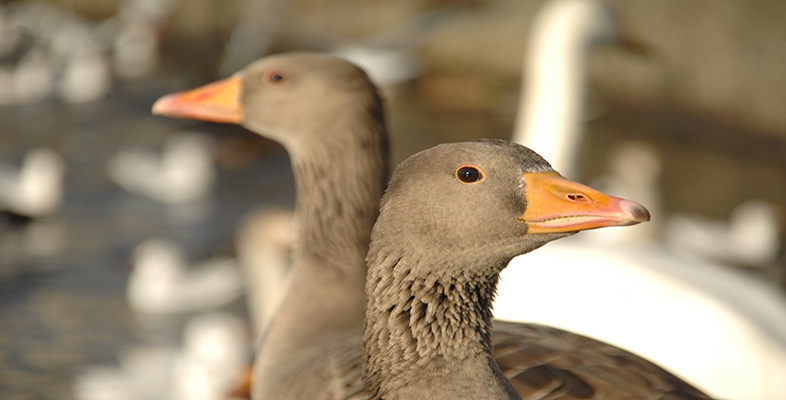6 The challenges of migration
In studying this course it will have become apparent that migration involves a diversity of behaviours and physiological adaptations, many of which are far from being fully understood. Birds such as arctic terns, which have a mass of around 100 g and yet can travel an average of 70 900 km in a year, challenge current understanding. New technology is adding more and more information about these long-distance migrations and arctic terns have been fitted with lightweight geolocators that record data that enables their position to be calculated twice each day. The devices have a mass of just 1.9 g.
Information about rate of travel contributes to an understanding of the energetic costs of migration, but these are still difficult to calculate. However, a full cost-benefit analysis of migration as a strategy for a species could provide a lot of information about the selection pressures that drive the evolution of the behaviour.
The methods used by birds for navigation are becoming clearer, but the physiology of the senses and sensory processing needed to take advantage of natural cues is not well understood. Birds are a good study model, but migration and navigation are part of the life of many animals, and research on bird navigation will have a much wider impact and command a wider interest in biological science.
